Prevalence and Identification of Communication Disorders in Japan, Guatemala, & Global Contexts
Please enter a valid quantity
Please select a product format
That product is out of stock
BEFORE YOU BUY...
This course is one of more than 750+ CE courses in the ASHA Learning Pass, which gives you unlimited access to more than 1,350 hours of CE content for the cost of just one or two a la carte courses.
*If this is a recent SIG Perspectives course, you must also be a Special Interest Group (SIG) affiliate to unlock it as part of your subscription.
Already an ASHA Learning Pass subscriber?
Login
This SIG 17 activity focuses on the prevalence and identification of communication
disorders in Japan, Guatemala, and global contexts. The first study conducted in Japan
examines the prediction of special educational needs in children who stutter using a
screening test for three neurodevelopmental disorders (specific learning disorder,
attention-deficit/hyperactivity disorder, and autism spectrum disorder). The second study
explores clinical practices for speech sound disorders in Guatemala, particularly the use
of nonspeech oral motor exercises. Last, the third study provides insights into the
frequency of aphasia worldwide. By examining these diverse contexts, participants will
gain a comprehensive understanding of communication disorders and their identification
in different regions.
Learning
Outcomes
You will be able to:
- summarize clinical practices for speech sound disorders in Guatemala,
including the use of nonspeech oral motor exercises
- describe the global prevalence of aphasia after stroke, examining rates
across various countries and income levels
- explain the importance of cultural and contextual factors in the prevalence
and identification of communication disorders in diverse populations
Assessment
Type
Self-assessment—Think
about what you learned and report on the Completion Form how you will use your
new knowledge.
Articles
in This Course
- Examining the Prevalence of Intervention Approaches Internationally: The Use of
Nonspeech Oral Motor Exercises in Guatemala by Miriam Baigorri, Catherine J.
Crowley, Chelsea L. Sommer, Amanda Blackwell, Anny J. Miranda, and Gemma
Moya-Galé,
published in SIG 17, Volume 7, Issue 4, August 2022
- Estimating the Prevalence of Specific Learning Disorder, Attention-Deficit/Hyperactivity
Disorder, and Autism Spectrum Disorder in Japanese School-Age Children Who Stutter
by Shoko Miyamoto, Hiroaki Kobayashi, Naomi Sakai, Daichi Iimura, and Masayoshi
Tsuge,
published in SIG 17, Volume 7, Issue 3, June 2022
- The Global Rate of Post-Stroke Aphasia by Ayanna Frederick, Molly Jacobs, Candice J.
Adams-Mitchell, and Charles Ellis,
published in SIG 17, Volume 7, Issue 5, October 2022
|

